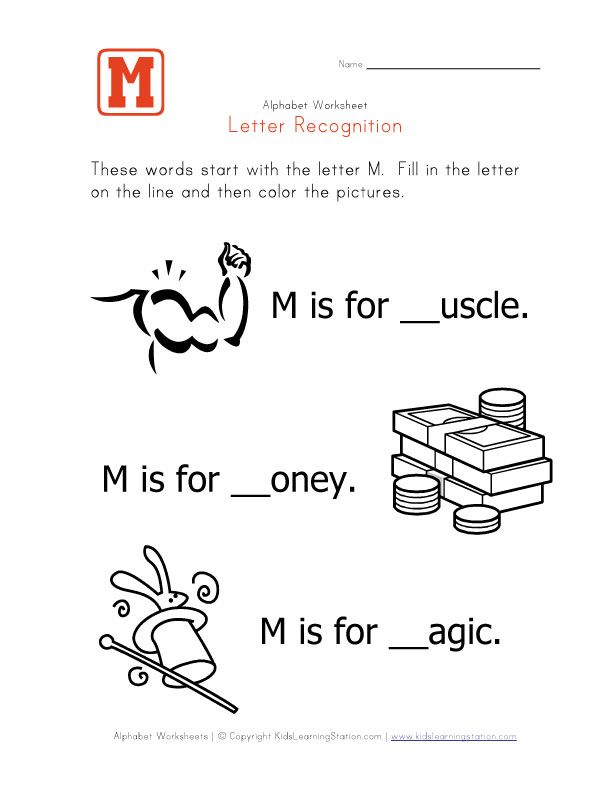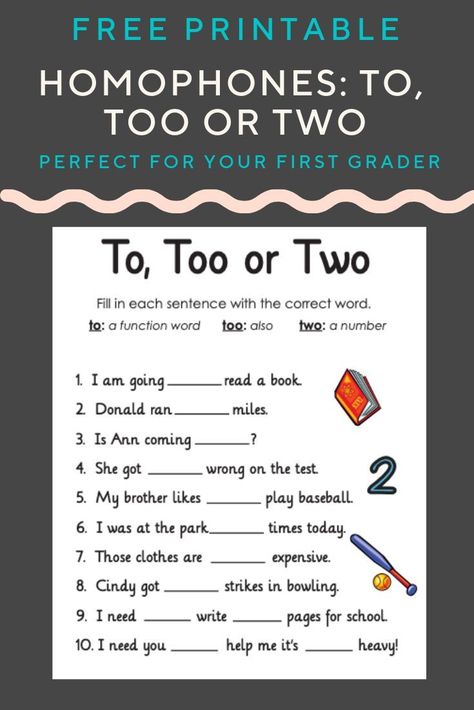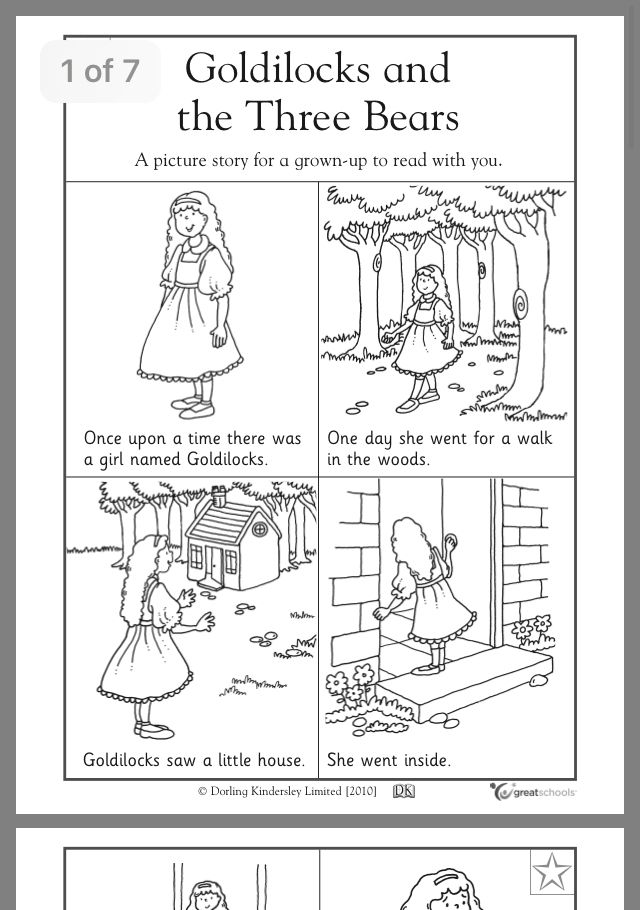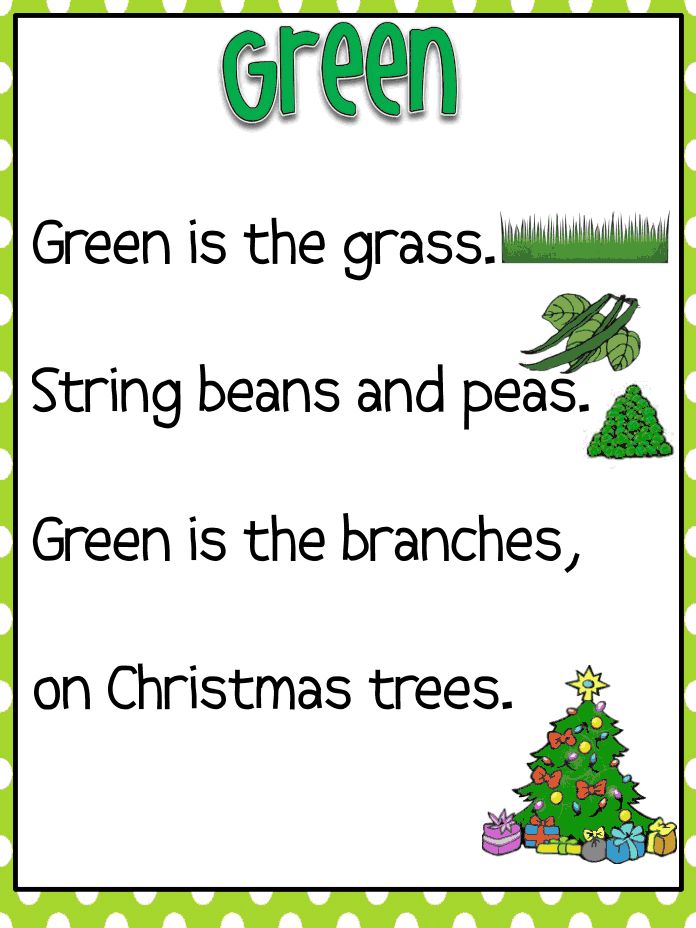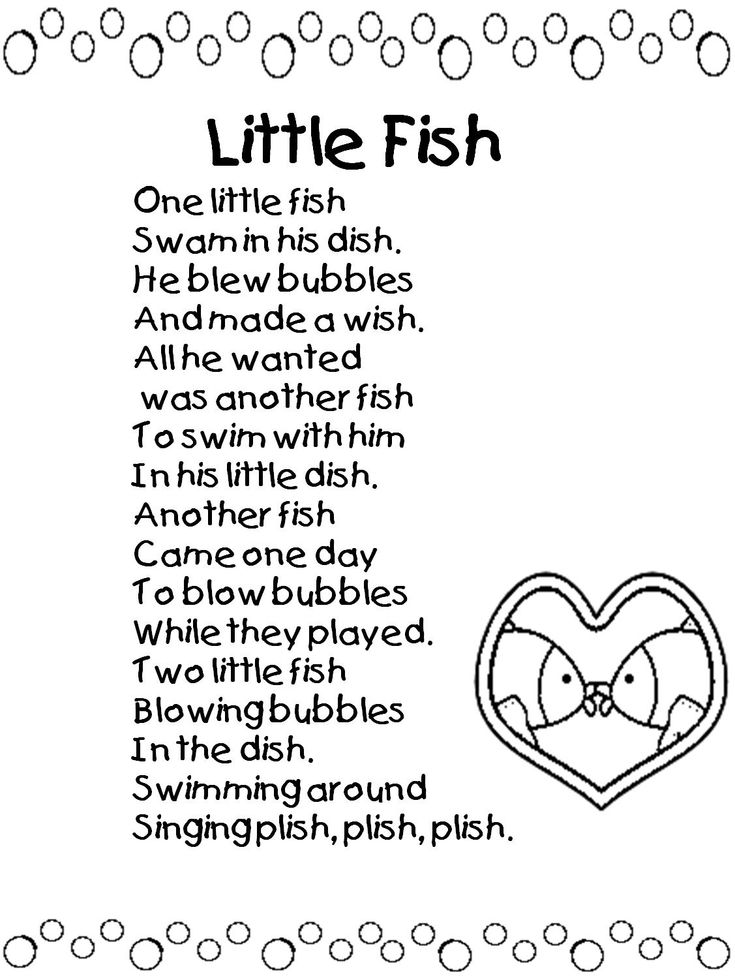Ant colony kids
Fun Facts about Ants & Ant Information for Kids
Pest A - ZAntsBed BugsBeesBeetlesBirdsCockroachesDust MitesEarwigsFleasFliesGophersLadybugsLiceMiceMosquitoesMothsOpossumsPill BugsRatsSpidersStink BugsTermitesTicksVolesWasps
Glossary
Ant Facts for Kids
- There are more than 12,000 species of ants all over the world.
- An ant can lift 20 times its own body weight. If a second grader was as strong as an ant, she would be able to pick up a car!
- Some queen ants can live for many years and have millions of babies!
- Ants don’t have ears. Ants "hear" by feeling vibrations in the ground through their feet.
- When ants fight, it is usually to the death!
- When foraging, ants leave a pheromone trail so that they know where they’ve been.
- Queen ants have wings, which they shed when they start a new nest.
- Ants don’t have lungs. Oxygen enters through tiny holes all over the body and carbon dioxide leaves through the same holes.
- When the queen of the colony dies, the colony can only survive a few months. Queens are rarely replaced and the workers are not able to reproduce.
Although ants are frustrating when they get into your home or when you’re having a picnic, ants do help the environment. They are social insects, which means they live in large colonies or groups. Depending on the species, ant colonies can consist of millions of ants.
There are three kinds of ants in a colony: The queen, the female workers, and males. The queen and the males have wings, while the workers don’t have wings. The queen is the only ant that can lay eggs. The male ant’s job is to mate with future queen ants and they do not live very long afterwards. Once the queen grows to adulthood, she spends the rest of her life laying eggs! Depending on the species, a colony may have one queen or many queens.
Ant colonies also have soldier ants that protect the queen, defend the colony, gather or kill food, and attack enemy colonies in search for food and nesting space. If they defeat another ant colony, they take away eggs of the defeated ant colony. When the eggs hatch, the new ants become the "slave" ants for the colony. Some jobs of the colony include taking care of the eggs and babies, gathering food for the colony and building the anthills or mounds.
If they defeat another ant colony, they take away eggs of the defeated ant colony. When the eggs hatch, the new ants become the "slave" ants for the colony. Some jobs of the colony include taking care of the eggs and babies, gathering food for the colony and building the anthills or mounds.
Find more fun ant facts for kids in addition to ant control at the official NPMA website.
Download
Pest I.D. Card
Argentine Ants
This species of ant is native to Argentina and Brazil and was probably introduced to the United States in freight ships around the 1890’s. These ants can be found in southern states and in California, Illinois, Maryland, Missouri, Oregon and Washington.
- Size: 1/16" to 1/4"
- Shape: Segmented, Oval
- Color: Dark brown to black and shiny
- Legs: 6
- Wings: Varies
- Antenna: Yes
- Common Name: Argentine ant
- Kingdom: Animalia
- Phylum: Arthropoda
- Class: Insects
- Order: Hymenoptera
- Family: Formicidae
- Species: Linepithema humile
Diet:
Argentine ants prefer sweet substances but will eat almost anything including meats, eggs, oils and fats.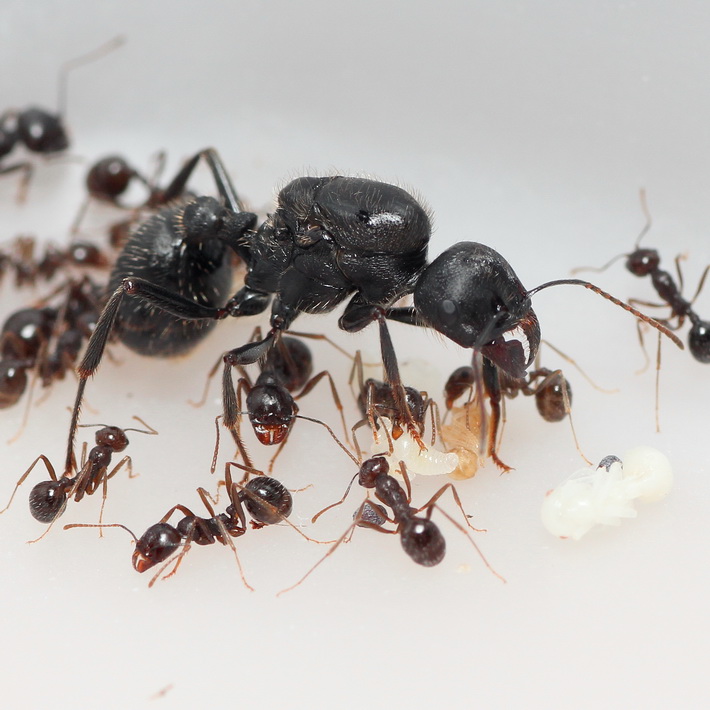 Also, when foraging for food, Argentine ants leave pheromone trails everywhere they go, instead of just from nest to food source. This habit ensures they do not waste time visiting the same area twice. While in other ant species worker ants are primarily responsible for gather food, Argentine queens also assist with foraging for food.
Also, when foraging for food, Argentine ants leave pheromone trails everywhere they go, instead of just from nest to food source. This habit ensures they do not waste time visiting the same area twice. While in other ant species worker ants are primarily responsible for gather food, Argentine queens also assist with foraging for food.
Habitat:
Argentine ant colonies are located in wet environments near a food source. These colonies can grow to monumental size, sometimes covering entire habitats, such as an entire garden or your whole back yard.
Impact:
Argentine ants do not pose a health threat, but they can contaminate food by leaving their bodily waste behind.
Prevention:
- Eliminate standing water. Argentine ants, similar to mosquitoes and termites, are attracted to moisture.
- Keep tree branches and other plants cut back from the house. Sometimes ants use these branches to get into your home.
- Make sure that there are no cracks or little openings around the bottom of your house.
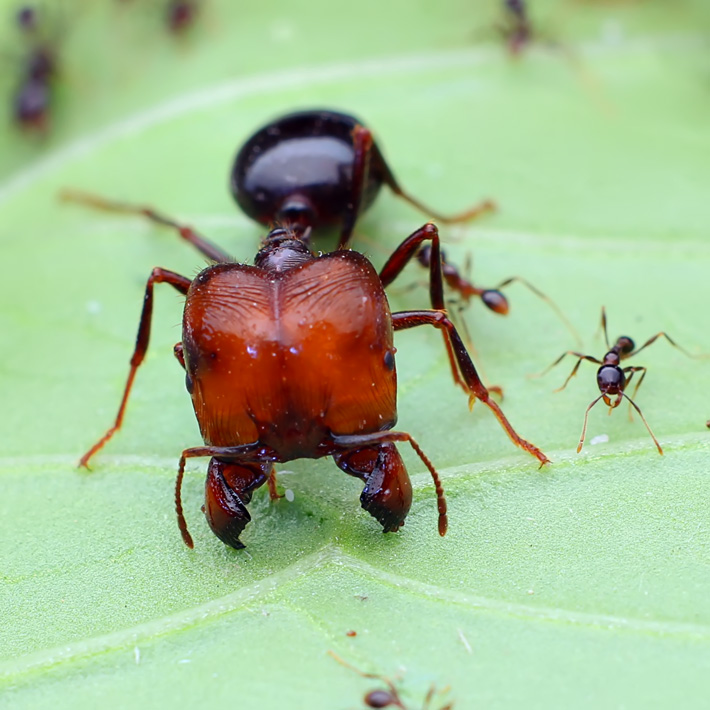 Sometimes ants use these to get into your home.
Sometimes ants use these to get into your home. - Make sure that firewood and building materials are not stored next to your home. Argentine ants like to build nests in stacks of wood.
Teachers, are you looking for more instructive materials to share with your students? Find additional information on Argentine ants at the official NPMA website.
Download
Pest I.D. Card
Carpenter Ants
Carpenter ants get their name because they build their nests in wood. These insects can cause significant damage to your house. There are many types of carpenter ants throughout the U.S. measuring in size from one-quarter inch (about the width of a pencil) for a worker carpenter ant to three-quarters of an inch (about the size of a quarter) for a queen carpenter ant.
Each colony is established by a single, fertilized queen. She starts her nest in a cavity in wood, where she raises her first brood of workers. She feeds them saliva and does not leave the nest or feed herself during this time.
She feeds them saliva and does not leave the nest or feed herself during this time.
When they are ready, those workers then get the job of gathering food to feed the next generation. Once mature, this first generation of worker ants work to increase the food supply for the colony. The colony population grows very rapidly. A colony can eventually produce 2,000 or more workers.
- Size: 5/8"
- Shape: Oval
- Color: Range in color from red to black
- Legs: 6
- Wings: Varies
- Antenna: Yes
- Common Name: Carpenter ant
- Kingdom: Animalia
- Phylum: Arthropoda
- Class: Insecta
- Order: Hymenoptera
- Family: Formicidea
- Species: Camponotus
Diet:
Carpenter ants do not eat the wood they remove during their nest-building activities, but deposit it outside entrances to the colony in small piles. The diet of carpenter ants includes living and dead insects, meat, fats and sugary foods of all kinds, including honeydew and nectar from plants.
The diet of carpenter ants includes living and dead insects, meat, fats and sugary foods of all kinds, including honeydew and nectar from plants.
Habitat:
Carpenter ants build nests anywhere they can find water and moldy or damp wood, such as tree stumps, firewood or in the plants around your house. Carpenter ants also build nests inside, usually entering buildings through wet, damaged wood, although it isn’t uncommon for them to adapt to drier environments.
Impact:
Carpenter ants don’t carry disease, but when building a nest inside a home, Carpenter ants dig smooth tunnels inside the wood. These tunnels weaken the wood and potentially damage the wood that keeps the house standing. This kind of damage can be very expensive to fix.
Prevention:
- Eliminate all standing water, as this could attract carpenter ants.
- Ensure that tree branches and plants are not touching your property, as ants can use them to reach your home.
- Seal any cracks or openings near the bottom of your home.
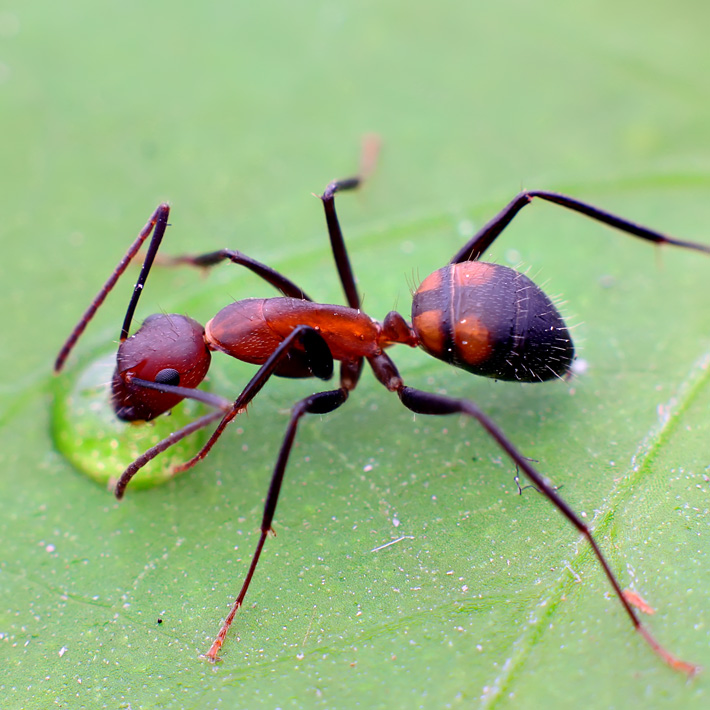
- Keep building materials and firewood away from the home, as ants may use this for building a nest.
School teachers — are you interested in more ant and insect materials to share with your students? Find additional information on carpenter ants at the official NPMA website.
Download
Pest I.D. Card
Odorous House Ants
This ant gets its name from the strong, rotten coconut-like smells it gives off when crushed and the fact that they commonly nest in or around houses. Native to the United States, these ants are very social, living in colonies of up to 100,000 members.
- Size: 1/16" to 1/8"
- Shape: Segmented, oval
- Color: Brown or black
- Legs: 6
- Wings: Varies
- Antenna: Yes
- Common Name: Odorous house ant
- Kingdom: Animalia
- Phylum: Arthropoda
- Class: Insecta
- Order: Hymenoptera
- Family: Formicidae
- Species: Tapinoma sessile
Diet:
Odorous house ants like to eat dead insects and sugary sweets, especially melon.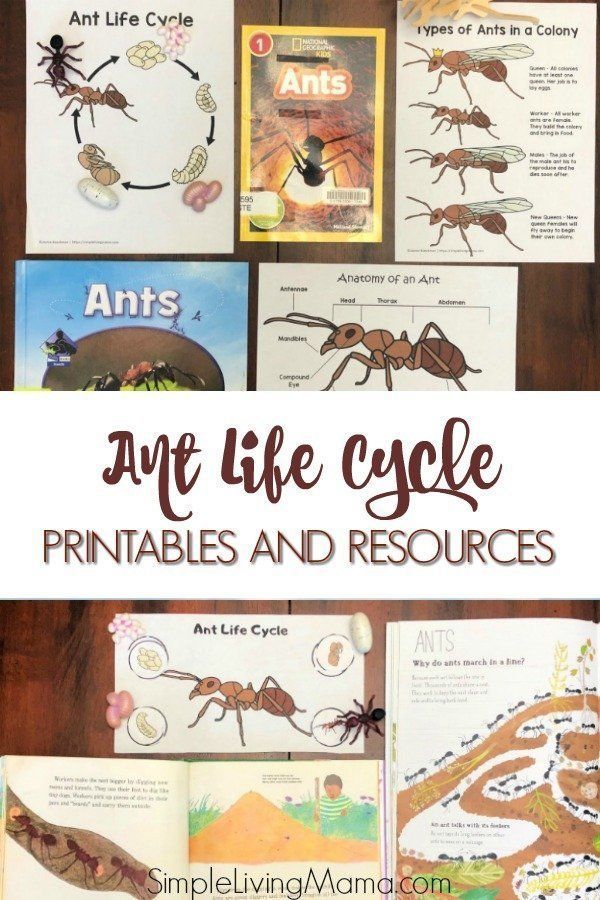
Habitat:
Typically living for several years, these ants commonly make their homes in exposed soil, under stones, logs, mulch, debris and other items. They will also nest in wall and floor cracks.
Impact:
Odorous house ants do not pose a health threat, but they can contaminate food by leaving waste behind.
Prevention:
- Since ants are attracted to moisture, eliminate all standing water near your property.
- Ants can use tree branches to enter your home. Cut back any plants that may be touching your property.
- Seal cracks and other openings around the bottom of your property to prevent ants from using it to enter your home.
- Ants will often use building materials or firewood to create nests.
Find more educational materials for use in your classroom, including a profile on odorous house ants, at the official NPMA website.
Download
Pest I. D. Card
D. Card
Pavement Ants
Although these ants can live inside, they get their name because they make their nests in or under cracks in pavement. They are typically found in the eastern half of the United States, California and Washington. Pavement ant colonies average 3,000 to 4,000 members and have several queens.
- Size: 1/8"
- Shape: Segmented, oval
- Color: Dark brown to black
- Legs: 6
- Wings: Varies
- Antenna: Yes
- Common Name: Pavement ant
- Kingdom: Animalia
- Phylum: Arthropoda
- Class: Insecta
- Order: Hymenoptera
- Family: Formicidae
- Species: Tetramorium caespitum
Diet:
These ants will eat almost anything, including insects, grease, seeds, honeydew, honey, bread, meats, nuts and cheese.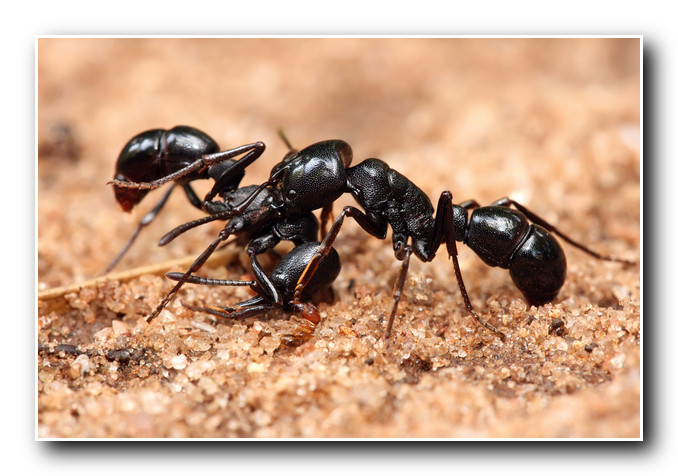
Habitat:
This ant gets its name because it most commonly nests in soil next to and beneath slabs, sidewalks, patios, and driveways. Indoors, pavement ants nest under a building’s foundation and within hollow foundation walls.
Impact:
Pavement ants do not pose a health threat, but they can contaminate food by leaving waste behind.
Prevention:
- Eliminate all standing water near the home, as ants (as well as other insects like mosquitoes and termites), are attracted to moisture.
- Cut back plants and tree branches that may be touching the home.
- Seal any cracks or openings that ants may be using to enter the home.
- Ants may use firewood and building materials to build nests. Be sure to keep these sorts of materials away from the home.
Find more information on pavement ants to share with the kids in your classroom at the official NPMA website.
Download
Pest I.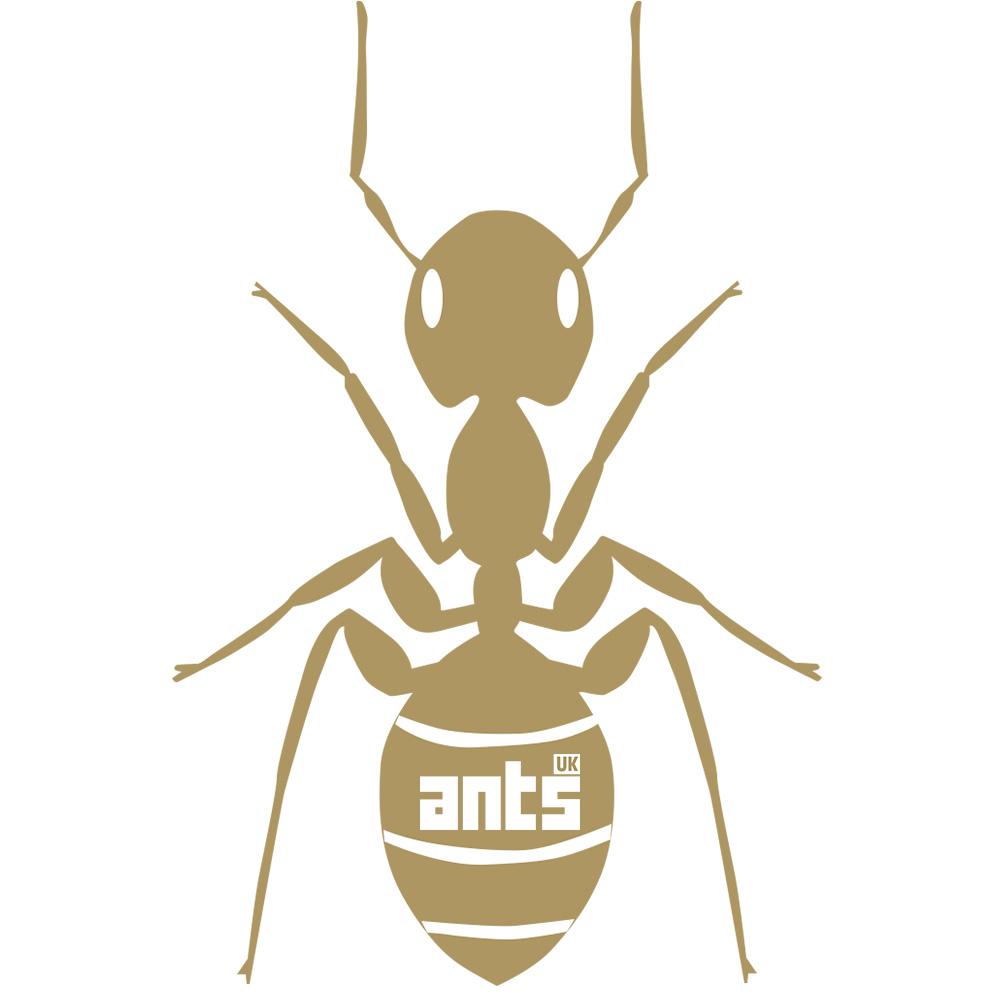 D. Card
D. Card
Red Imported Fire Ants
Red imported fire ants (RIFA, for short) are more aggressive than other ant species and have a painful sting. These ants and their telltale mound nests should be actively avoided. Red imported fire ants can adapt to many climates and conditions in and around their environment. For example, if the colony senses increased water levels in their nests, they will come together and form a huge ball or raft that is able to float on the water!
- Size: 1/8" to 3/8"
- Shape: Segmented, oval
- Color: Dark reddish brown
- Legs: 6
- Wings: Varies
- Antenna: Yes
- Common Name: Red imported fire ant
- Kingdom: Animalia
- Phylum: Arthropoda
- Class: Insecta
- Order: Hymenoptera
- Family: Formicidae
- Species: Solenopsis invicta
Diet:
They primarily feed on vegetation.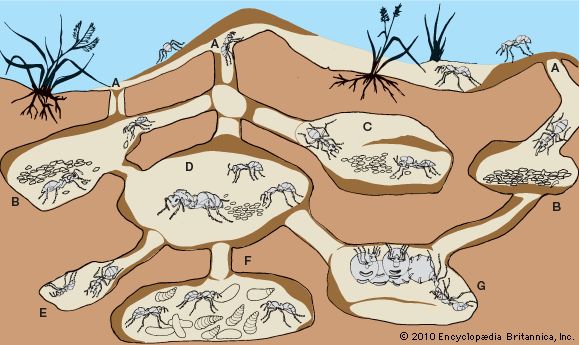
Habitat:
Red imported fire ants will build their nests in mounds of soil outdoors, in landscape areas or near a building’s foundation. They occasionally enter buildings through holes or cracks in walls and foundations.
Impact:
The sting of a red imported fire ant is painful and often results in a raised welt that becomes a white blister. Persons allergic to insect stings will react more severely. They are frustrating, not only because of the physical pain they can inflict, but because their mound-building activity can damage plant roots and lead to loss of crops.
Prevention:
- Since ants are attracted to moisture, eliminate standing water near the home.
- Cut back plants, including tree branches, that ants may use to reach your property.
- Ants can use cracks and openings to enter the home. Seal any sort of opening around the bottom of your property.
- Ants will sometimes use building materials and firewood to build nests.
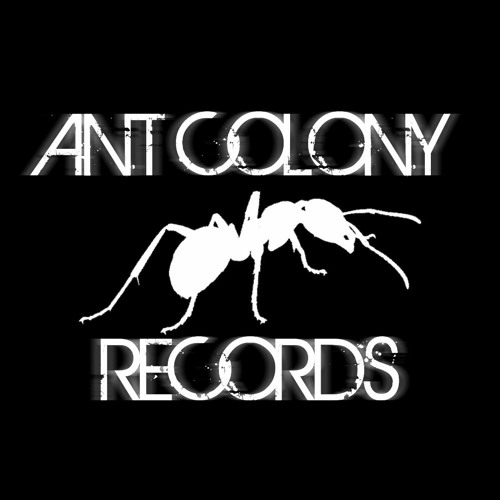 Periodically inspect these materials, and if possible, keep them away from the home.
Periodically inspect these materials, and if possible, keep them away from the home.
Teachers can find additional information on red imported fire ants to share with students at the official NPMA website.
More fun with pests
Fun Facts about Ants & Ant Information for Kids
Pest A - ZAntsBed BugsBeesBeetlesBirdsCockroachesDust MitesEarwigsFleasFliesGophersLadybugsLiceMiceMosquitoesMothsOpossumsPill BugsRatsSpidersStink BugsTermitesTicksVolesWasps
Glossary
Ant Facts for Kids
- There are more than 12,000 species of ants all over the world.
- An ant can lift 20 times its own body weight. If a second grader was as strong as an ant, she would be able to pick up a car!
- Some queen ants can live for many years and have millions of babies!
- Ants don’t have ears. Ants "hear" by feeling vibrations in the ground through their feet.
- When ants fight, it is usually to the death!
- When foraging, ants leave a pheromone trail so that they know where they’ve been.
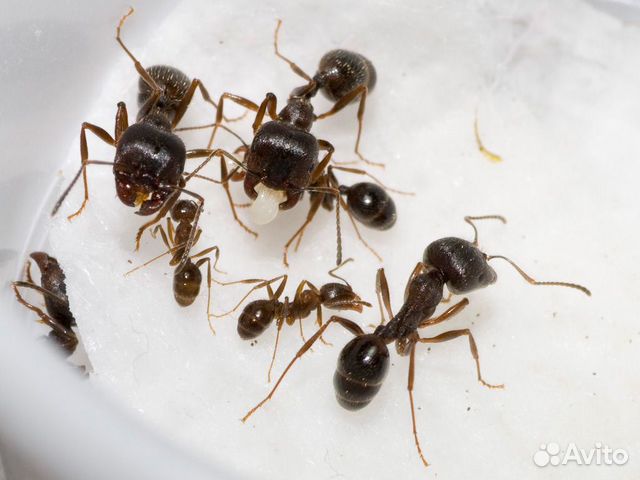
- Queen ants have wings, which they shed when they start a new nest.
- Ants don’t have lungs. Oxygen enters through tiny holes all over the body and carbon dioxide leaves through the same holes.
- When the queen of the colony dies, the colony can only survive a few months. Queens are rarely replaced and the workers are not able to reproduce.
Although ants are frustrating when they get into your home or when you’re having a picnic, ants do help the environment. They are social insects, which means they live in large colonies or groups. Depending on the species, ant colonies can consist of millions of ants.
There are three kinds of ants in a colony: The queen, the female workers, and males. The queen and the males have wings, while the workers don’t have wings. The queen is the only ant that can lay eggs. The male ant’s job is to mate with future queen ants and they do not live very long afterwards. Once the queen grows to adulthood, she spends the rest of her life laying eggs! Depending on the species, a colony may have one queen or many queens.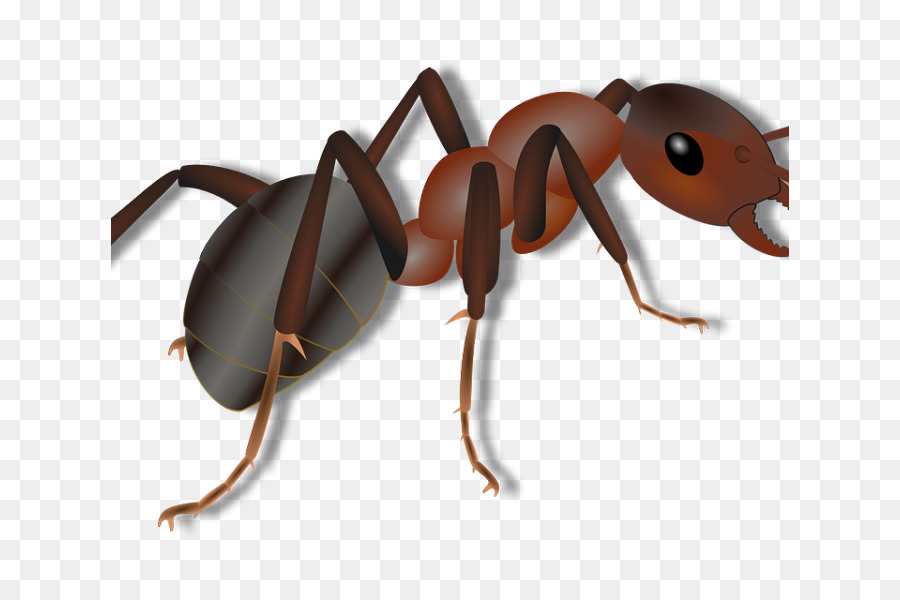
Ant colonies also have soldier ants that protect the queen, defend the colony, gather or kill food, and attack enemy colonies in search for food and nesting space. If they defeat another ant colony, they take away eggs of the defeated ant colony. When the eggs hatch, the new ants become the "slave" ants for the colony. Some jobs of the colony include taking care of the eggs and babies, gathering food for the colony and building the anthills or mounds.
Find more fun ant facts for kids in addition to ant control at the official NPMA website.
Download
Pest I.D. Card
Argentine Ants
This species of ant is native to Argentina and Brazil and was probably introduced to the United States in freight ships around the 1890’s. These ants can be found in southern states and in California, Illinois, Maryland, Missouri, Oregon and Washington.
- Size: 1/16" to 1/4"
- Shape: Segmented, Oval
- Color: Dark brown to black and shiny
- Legs: 6
- Wings: Varies
- Antenna: Yes
- Common Name: Argentine ant
- Kingdom: Animalia
- Phylum: Arthropoda
- Class: Insects
- Order: Hymenoptera
- Family: Formicidae
- Species: Linepithema humile
Diet:
Argentine ants prefer sweet substances but will eat almost anything including meats, eggs, oils and fats. Also, when foraging for food, Argentine ants leave pheromone trails everywhere they go, instead of just from nest to food source. This habit ensures they do not waste time visiting the same area twice. While in other ant species worker ants are primarily responsible for gather food, Argentine queens also assist with foraging for food.
Also, when foraging for food, Argentine ants leave pheromone trails everywhere they go, instead of just from nest to food source. This habit ensures they do not waste time visiting the same area twice. While in other ant species worker ants are primarily responsible for gather food, Argentine queens also assist with foraging for food.
Habitat:
Argentine ant colonies are located in wet environments near a food source. These colonies can grow to monumental size, sometimes covering entire habitats, such as an entire garden or your whole back yard.
Impact:
Argentine ants do not pose a health threat, but they can contaminate food by leaving their bodily waste behind.
Prevention:
- Eliminate standing water. Argentine ants, similar to mosquitoes and termites, are attracted to moisture.
- Keep tree branches and other plants cut back from the house. Sometimes ants use these branches to get into your home.
- Make sure that there are no cracks or little openings around the bottom of your house.
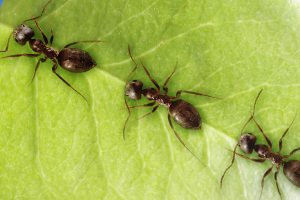 Sometimes ants use these to get into your home.
Sometimes ants use these to get into your home. - Make sure that firewood and building materials are not stored next to your home. Argentine ants like to build nests in stacks of wood.
Teachers, are you looking for more instructive materials to share with your students? Find additional information on Argentine ants at the official NPMA website.
Download
Pest I.D. Card
Carpenter Ants
Carpenter ants get their name because they build their nests in wood. These insects can cause significant damage to your house. There are many types of carpenter ants throughout the U.S. measuring in size from one-quarter inch (about the width of a pencil) for a worker carpenter ant to three-quarters of an inch (about the size of a quarter) for a queen carpenter ant.
Each colony is established by a single, fertilized queen. She starts her nest in a cavity in wood, where she raises her first brood of workers.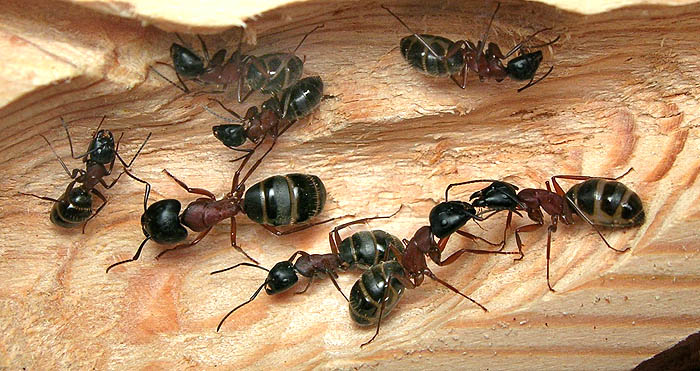 She feeds them saliva and does not leave the nest or feed herself during this time.
She feeds them saliva and does not leave the nest or feed herself during this time.
When they are ready, those workers then get the job of gathering food to feed the next generation. Once mature, this first generation of worker ants work to increase the food supply for the colony. The colony population grows very rapidly. A colony can eventually produce 2,000 or more workers.
- Size: 5/8"
- Shape: Oval
- Color: Range in color from red to black
- Legs: 6
- Wings: Varies
- Antenna: Yes
- Common Name: Carpenter ant
- Kingdom: Animalia
- Phylum: Arthropoda
- Class: Insecta
- Order: Hymenoptera
- Family: Formicidea
- Species: Camponotus
Diet:
Carpenter ants do not eat the wood they remove during their nest-building activities, but deposit it outside entrances to the colony in small piles. The diet of carpenter ants includes living and dead insects, meat, fats and sugary foods of all kinds, including honeydew and nectar from plants.
The diet of carpenter ants includes living and dead insects, meat, fats and sugary foods of all kinds, including honeydew and nectar from plants.
Habitat:
Carpenter ants build nests anywhere they can find water and moldy or damp wood, such as tree stumps, firewood or in the plants around your house. Carpenter ants also build nests inside, usually entering buildings through wet, damaged wood, although it isn’t uncommon for them to adapt to drier environments.
Impact:
Carpenter ants don’t carry disease, but when building a nest inside a home, Carpenter ants dig smooth tunnels inside the wood. These tunnels weaken the wood and potentially damage the wood that keeps the house standing. This kind of damage can be very expensive to fix.
Prevention:
- Eliminate all standing water, as this could attract carpenter ants.
- Ensure that tree branches and plants are not touching your property, as ants can use them to reach your home.
- Seal any cracks or openings near the bottom of your home.
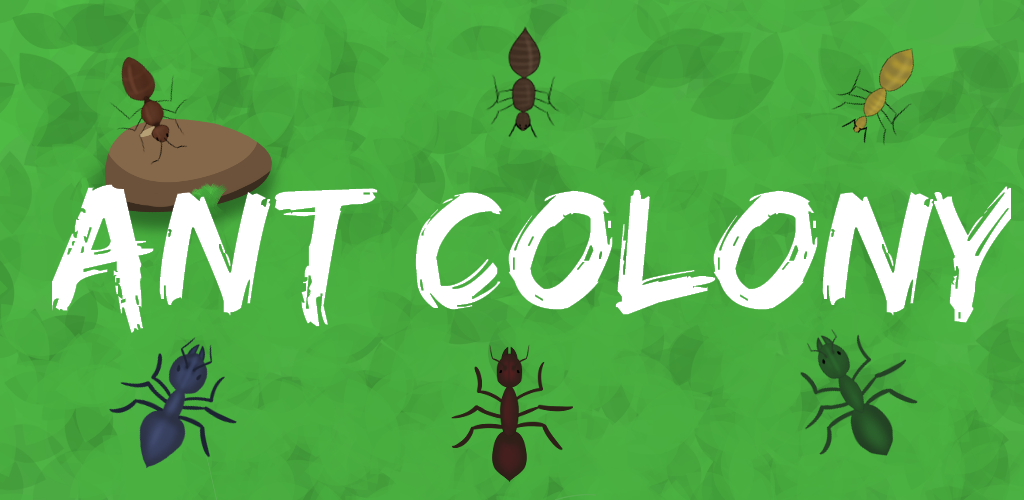
- Keep building materials and firewood away from the home, as ants may use this for building a nest.
School teachers — are you interested in more ant and insect materials to share with your students? Find additional information on carpenter ants at the official NPMA website.
Download
Pest I.D. Card
Odorous House Ants
This ant gets its name from the strong, rotten coconut-like smells it gives off when crushed and the fact that they commonly nest in or around houses. Native to the United States, these ants are very social, living in colonies of up to 100,000 members.
- Size: 1/16" to 1/8"
- Shape: Segmented, oval
- Color: Brown or black
- Legs: 6
- Wings: Varies
- Antenna: Yes
- Common Name: Odorous house ant
- Kingdom: Animalia
- Phylum: Arthropoda
- Class: Insecta
- Order: Hymenoptera
- Family: Formicidae
- Species: Tapinoma sessile
Diet:
Odorous house ants like to eat dead insects and sugary sweets, especially melon.
Habitat:
Typically living for several years, these ants commonly make their homes in exposed soil, under stones, logs, mulch, debris and other items. They will also nest in wall and floor cracks.
Impact:
Odorous house ants do not pose a health threat, but they can contaminate food by leaving waste behind.
Prevention:
- Since ants are attracted to moisture, eliminate all standing water near your property.
- Ants can use tree branches to enter your home. Cut back any plants that may be touching your property.
- Seal cracks and other openings around the bottom of your property to prevent ants from using it to enter your home.
- Ants will often use building materials or firewood to create nests.
Find more educational materials for use in your classroom, including a profile on odorous house ants, at the official NPMA website.
Download
Pest I.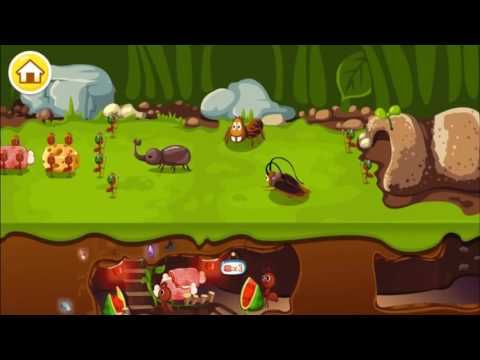 D. Card
D. Card
Pavement Ants
Although these ants can live inside, they get their name because they make their nests in or under cracks in pavement. They are typically found in the eastern half of the United States, California and Washington. Pavement ant colonies average 3,000 to 4,000 members and have several queens.
- Size: 1/8"
- Shape: Segmented, oval
- Color: Dark brown to black
- Legs: 6
- Wings: Varies
- Antenna: Yes
- Common Name: Pavement ant
- Kingdom: Animalia
- Phylum: Arthropoda
- Class: Insecta
- Order: Hymenoptera
- Family: Formicidae
- Species: Tetramorium caespitum
Diet:
These ants will eat almost anything, including insects, grease, seeds, honeydew, honey, bread, meats, nuts and cheese.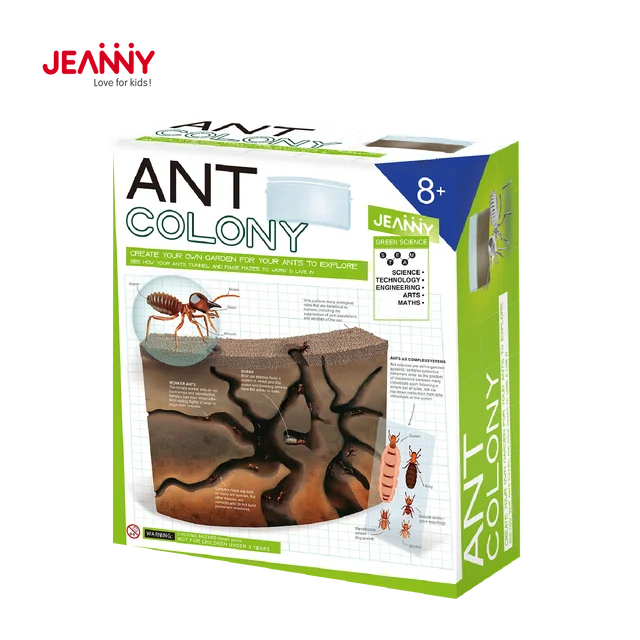
Habitat:
This ant gets its name because it most commonly nests in soil next to and beneath slabs, sidewalks, patios, and driveways. Indoors, pavement ants nest under a building’s foundation and within hollow foundation walls.
Impact:
Pavement ants do not pose a health threat, but they can contaminate food by leaving waste behind.
Prevention:
- Eliminate all standing water near the home, as ants (as well as other insects like mosquitoes and termites), are attracted to moisture.
- Cut back plants and tree branches that may be touching the home.
- Seal any cracks or openings that ants may be using to enter the home.
- Ants may use firewood and building materials to build nests. Be sure to keep these sorts of materials away from the home.
Find more information on pavement ants to share with the kids in your classroom at the official NPMA website.
Download
Pest I.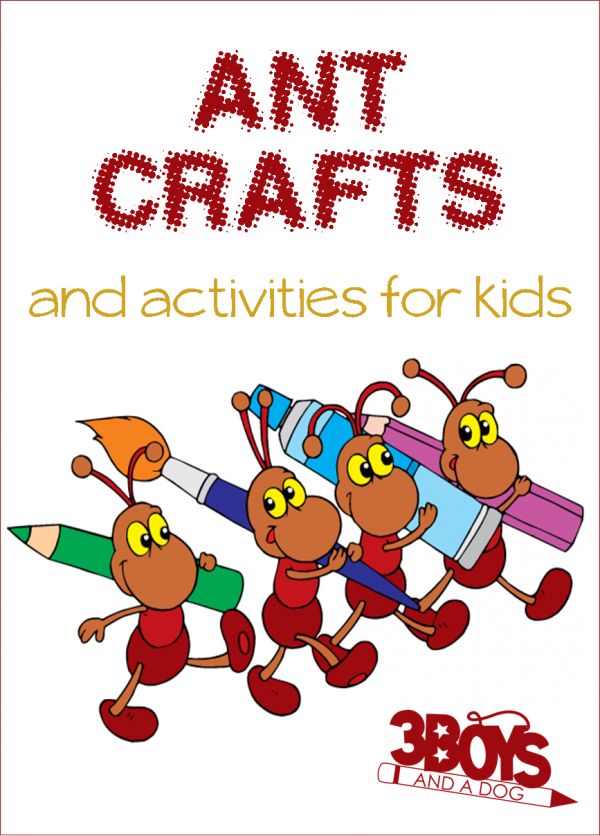 D. Card
D. Card
Red Imported Fire Ants
Red imported fire ants (RIFA, for short) are more aggressive than other ant species and have a painful sting. These ants and their telltale mound nests should be actively avoided. Red imported fire ants can adapt to many climates and conditions in and around their environment. For example, if the colony senses increased water levels in their nests, they will come together and form a huge ball or raft that is able to float on the water!
- Size: 1/8" to 3/8"
- Shape: Segmented, oval
- Color: Dark reddish brown
- Legs: 6
- Wings: Varies
- Antenna: Yes
- Common Name: Red imported fire ant
- Kingdom: Animalia
- Phylum: Arthropoda
- Class: Insecta
- Order: Hymenoptera
- Family: Formicidae
- Species: Solenopsis invicta
Diet:
They primarily feed on vegetation.
Habitat:
Red imported fire ants will build their nests in mounds of soil outdoors, in landscape areas or near a building’s foundation. They occasionally enter buildings through holes or cracks in walls and foundations.
Impact:
The sting of a red imported fire ant is painful and often results in a raised welt that becomes a white blister. Persons allergic to insect stings will react more severely. They are frustrating, not only because of the physical pain they can inflict, but because their mound-building activity can damage plant roots and lead to loss of crops.
Prevention:
- Since ants are attracted to moisture, eliminate standing water near the home.
- Cut back plants, including tree branches, that ants may use to reach your property.
- Ants can use cracks and openings to enter the home. Seal any sort of opening around the bottom of your property.
- Ants will sometimes use building materials and firewood to build nests.
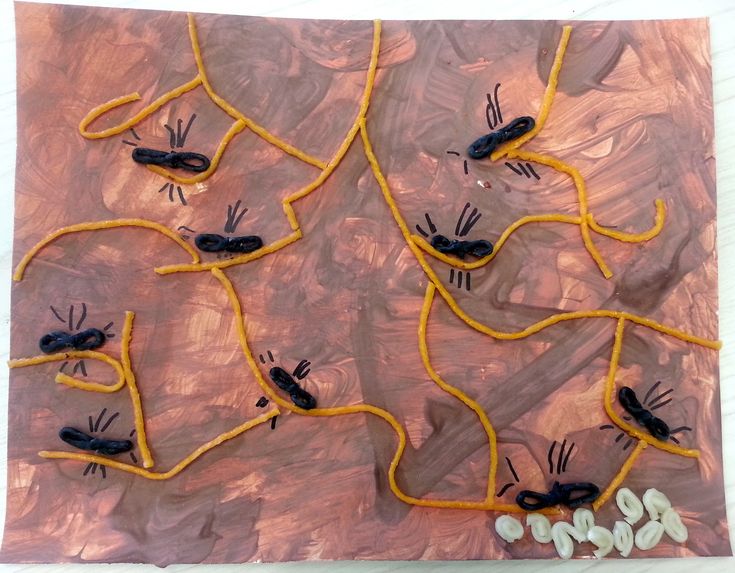 Periodically inspect these materials, and if possible, keep them away from the home.
Periodically inspect these materials, and if possible, keep them away from the home.
Teachers can find additional information on red imported fire ants to share with students at the official NPMA website.
More fun with pests
Ant colonies behave like neural networks when making decisions
1687
Bookmark
When an ant colony is evacuated from an anthill due to a rise in temperature, its decision depends on both the magnitude of the rise in temperature and the size of the group of ants, scientists from Rockefeller University (USA) found. The results of their work, obtained using a new experimental setup, are published in the journal PNAS.
The findings suggest that ants combine sensory information with their group parameters to produce a group response, a process similar to neural computation leading to decision making. “We pioneered an approach to understanding an ant colony as a cognitive system that takes input and then translates it into behavioral output,” says Daniel Kronauer0, head of the Rockefeller University Social Evolution and Behavior Laboratory.
At its most basic level, decision making is a series of calculations designed to get the most benefit at the least cost. For example, sensing that the temperature of an environment or object rises to a sensory threshold, the animal makes the decision to leave. If the temperature has not risen strongly enough, then the animal will not consider it necessary to leave.
The researchers wanted to see how this type of information processing happens on a collective level and developed a system where they could regulate the ambient temperature of an ant colony. To track the behavioral responses of individual ants and the entire colony, they marked each insect with colored dots and followed their movements with a camera.
The first colonies of 36 worker ants and 18 larvae left their nests when the temperature reached 34 degrees Celsius. When scientists increased the size of the colony to 200 individuals, the ants did not evacuate until the temperature rose above 36 degrees. That is, in this case, the insects were guided not only by sensory information. “It seems that the threshold has not been set. Rather, it is an emergent property that changes with group size,” the researchers say.
That is, in this case, the insects were guided not only by sensory information. “It seems that the threshold has not been set. Rather, it is an emergent property that changes with group size,” the researchers say.
But individual ants don't know the size of their colony - so how can their decision depend on it? The explanation may have to do with how pheromones, which transmit information between ants, increase their effect when there are more ants. The scientists also suggest that the larger the size of the colony, the more burdensome relocation, which increases the critical temperature at which the ants decide to evacuate.
[Photo: DANIEL KRONAUER]
Author Tatyana Matveeva
neural networks insect behavior ant colonies sensory threshold
Source: www.rockefeller.edu
Information provided by the Information Agency "Scientific Russia". Mass media registration certificate: IA No. ФС77-62580, issued Federal Service for Supervision of Communications, Information Technology and Mass Communications on July 31, 2015.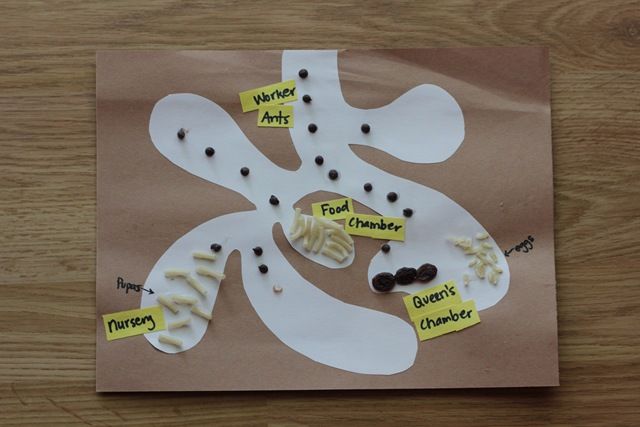
SCIENCE CHILDREN
St. Petersburg scientists have found a way to improve the accuracy of programs for deciphering biopolymers
14:00 / Information technology
Mikhail Egorov was re-elected Academician-Secretary of the Department of Chemistry and Materials Sciences of the Russian Academy of Sciences
13:00 / Science and Society
creating new magnetic materials using halogen bonds
12:00 / Chemistry
What happens in the Earth's core?
10:30 / Geology
100 years since the birth of Yuri Knorozov, the founder of the Soviet school of Mayan studies
10:00 / Science and society
Academician Alexander Nekipelov: Culture is the core of society
/ 19: society , Education
Rector of St. Petersburg State Unitary Enterprise, corresponding member. RAS A. Zapesotsky became a Commander of the Order of Honor
19:40 / Science and Society, Education
Rector of St.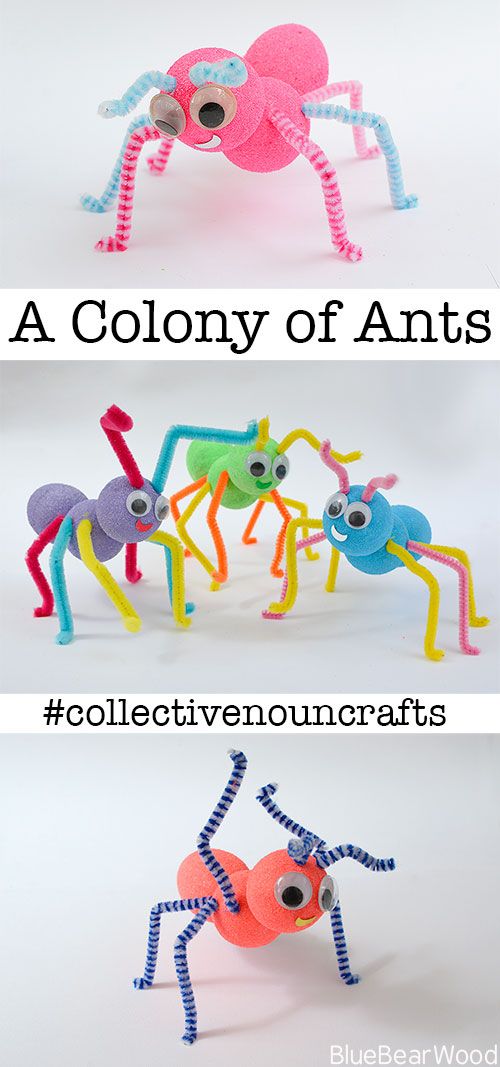 Petersburg State Unitary Enterprise A. Zapesotsky: The main thing is not the mass character, but the quality of training
Petersburg State Unitary Enterprise A. Zapesotsky: The main thing is not the mass character, but the quality of training
19:35 / Science and society, Education
Automation could cause 11% of workers in Russia to lose their jobs
18:32 / New technologies
Plant roots change shape depending on the amount of water
18:00 / Biology
In memory of the great scientist. Science in the global world. "Obvious - incredible" broadcast 05/10/2008
03/04/2019
In memory of the great scientist. Nanotechnologies. "Obvious - incredible" broadcast 3.08.2002
03/04/2019
Remembering Sergei Petrovich Kapitsa
02/14/2017
See all
Scientists have shown that ants behave like a neural network - Gazeta.Ru
Scientists have shown that ants behave like a neural network - Gazeta.Ru | News
close
100%
Researchers from the Rockefeller University have shown that ants make a decision to evacuate the colony when the temperature rises dangerously, acting like a neural network. The study was published in the journal Proceedings of the National Academy of Sciences .
The study was published in the journal Proceedings of the National Academy of Sciences .
The authors of the article created a special system for testing the reaction of an ant colony, in which scientists could precisely control the temperature increase. It turned out that the decision whether to evacuate or not depends on two factors: the size of the colony and temperature. Animals use these parameters to maximize benefit while minimizing risk and effort, similar to how a neural network decides.
Colonies of 36 workers and 18 larvae clearly evacuated their nests when the temperature reached 34 degrees Celsius. When the scientists tested their findings on colonies ranging from 10 to 200 individuals, the temperature needed to make an evacuation decision increased. So, colonies of 200 individuals kept until the temperature rose above 36 degrees. This may be due to the fact that the evacuation of large colonies requires a lot of work.
Individual ants are unaware of their colony size, but can communicate with each other by transmitting pheromones.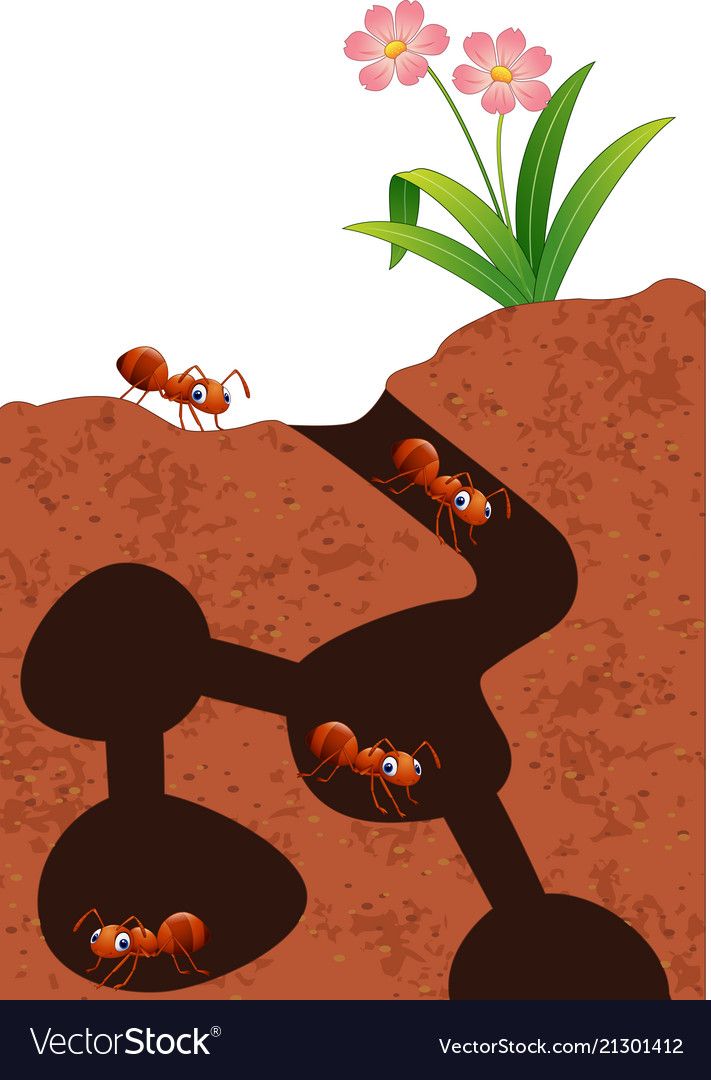 The more of them in the air, the larger the population size. The team of biologists plans to continue their research by testing their findings on more parameters, including the level of pheromones.
The more of them in the air, the larger the population size. The team of biologists plans to continue their research by testing their findings on more parameters, including the level of pheromones.
Subscribe to Gazeta.Ru in News, Zen and Telegram.
To report a bug, select the text and press Ctrl+Enter
News
Zen
Telegram
Dmitry Vodennikov
Butterfly horror
About self-destruction and forbidden answers
Elena Panina
Democratic Dictatorship
Elections to the US Congress
Anastasia Mironova
Make money before nationalization
About what the competition of social networks will lead to and why everyone will be connected to monetization
Marina Yardaeva
Wanting is not harmful
For those who need three arshins of land
Julia Melamed
Journalist drank away the globe
About eco-park hotels and Russian monuments in Russia and Europe
Error found?
Close
Thank you for your message, we will fix it soon.


